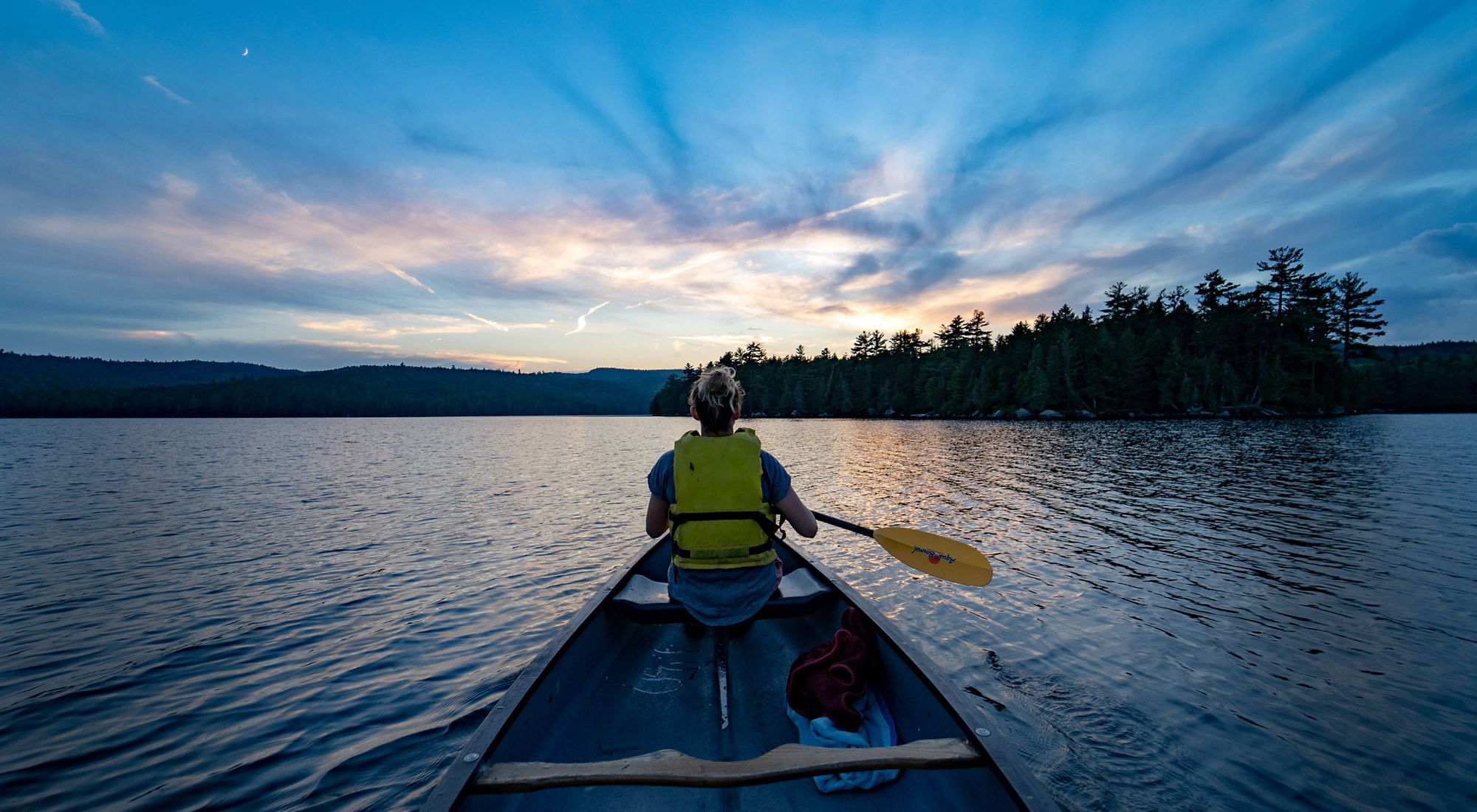Few places in the Northeast give visitors the remote wilderness feeling they get from exploring Maine’s Debsconeag Lakes Wilderness Area.
Often overlooked by visitors in favor of nearby Baxter State Park and Katahdin, the Debsconeag area features incredible hiking and paddling opportunities in pristine wilderness that features New England’s highest concentration of remote ponds.

Debsconeag Lakes Wilderness Area is a 46,271-acre ecological reserve owned and managed by The Nature Conservancy. Native people named this area Debsconeag (pronounced debs-con-egg), meaning carrying place, because of the many portage trails used here to carry canoes between lakes and ponds and around rapids.
Nearly half the forests in the Debsconeag Lakes Wilderness Area show no signs of past logging, and trees as old as 300 years old have been found in remote areas.

For paddlers, the area is a slice of heaven. They can explore the Debsconeag Lakes by choosing a trip ranging anywhere from 6 to 18 miles, and from 5 hours to several days.
Along the way, today’s paddlers use the same ancient portage paths carved out by Native Americans as they carried their birch bark canoes around rapids and waterfalls.
Hikers have thousands of acres of mature forest to explore. The Debsconeag Backcountry Trail is a 16-mile figure-eight loop that can be done as a long day hike or an overnight backpack. Primitive campsites can be found along it on First, Second and Third Debsconeag lakes.

Other hikes include the Horserace Pond Trail (4 miles round trip), which takes visitors to pristine Horserace Pond, surrounded by granite cliffs and boulders, and featuring three backcountry campsites.
The Blue Trail (5 miles round trip) takes hikers to the largest lake in the Debsconeag Lakes Wilderness Area, Rainbow Lake, a great spot for seeing loons and bald eagles.
Hikers can turn these two trails into a loop hike by using the Rainbow Loop Trail (2 miles) to connect from Horserace Pond to the Blue Trail.


